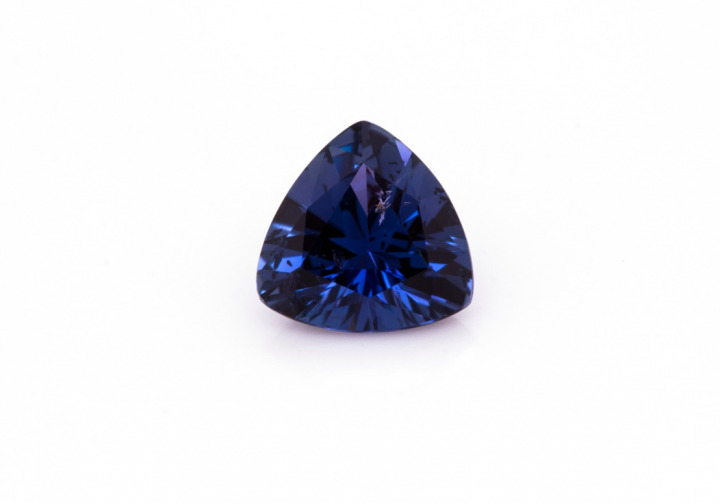

One theory suggests that ancient sapphire-bearing mountains weathered away, with streams carrying these gems downhill. To complicate matters, the original geological source area for these gems is currently unknown. Because of the light colors, mining these areas wasn't very profitable before heat treatment techniques were perfected. These three areas produce pale-colored, but often high clarity, rough. Prospectors discovered sapphire in Rock Creek and in Dry Cottonwood Creek soon after. A view of snow-covered tail minings from the El Dorado Bar, one of the Missouri River sapphire deposits. Nowadays, these deposits produce the largest of Montana sapphires, with 20- carat specimens not unheard of. As a result, these pebbles were nearly worthless. At the time, these stones were waste that got in the way of extracting gold because no facilities for faceting and polishing sapphire existed anywhere nearby. In 1865, gold rush prospectors discovered sapphire in the gravels of the Missouri River. History and Geology of Montana Sapphiresįour areas of Montana produce gem-quality sapphire. Fee digging sites in North Carolina also produce some sapphire, but only a small amount of sapphire occurs in North Carolina. In terms of gem production in the United States, sapphire is commercially mined only in Montana. In all, the rough in this photo is 64 carats. Just below the 1.53-ct sapphire ring is the largest stone, weighing in at 10 carats rough. The rough and cut sapphires in this image are all natural-color stones from the Missouri River's El Dorado Bar. Furthermore, sapphire doesn't fracture easily, making it one of the best jewelry stones. With a hardness of 9 on the Mohs scale, only diamond can scratch a sapphire.


 0 kommentar(er)
0 kommentar(er)
